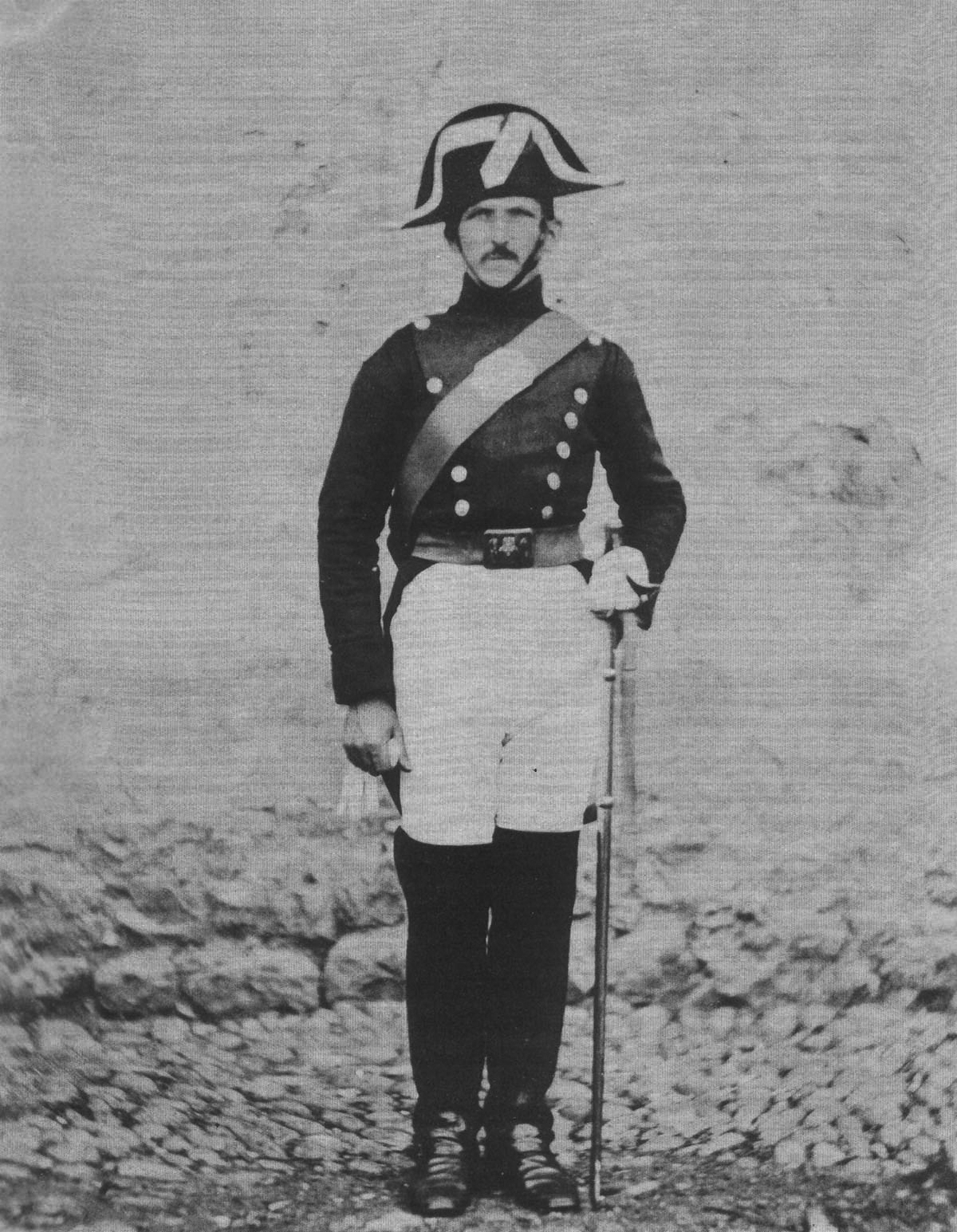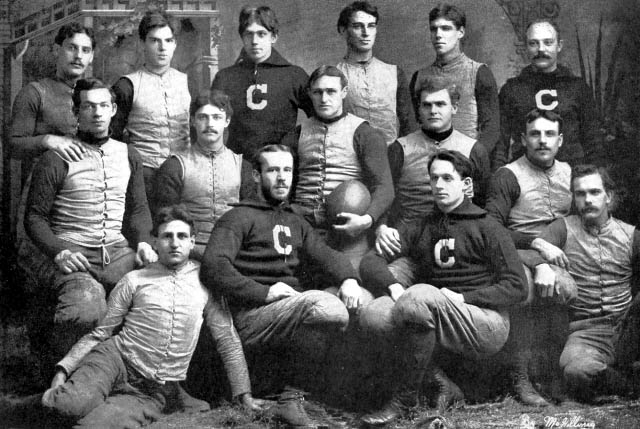|
Braulio Peña
Braulio Peña (March 26, 1855 - April 25, 1924) was a Cuban military officer and a former chief of the Cuban Rural Guard of Puerto Príncipe. Biography Early History Braulio Peña de la Cruz was born in Puerto Príncipe (now Camagüey), Spanish Cuba on March 26, 1855. Ten Years' War By the 1870s, he joined the Ten Years' War, Cuba's first war of independence which began in 1868, becoming a lieutenant colonel. Little War In August 1879, Col. Peña was involved in the Little War under Gen. Emilio Núñez, aligning with the Cuban leaders who refused to sign the Pact of Zanjon. Following the war's end, he escaped to St. Thomas, later settling in Florida and becoming a cigar maker. Cuban War of Independence At the onset of the Cuban War of Independence, Peña joined the first expedition back and served with Gen. Maximo Gomez. Gomez made him a colonel in the Cuban ranks and in a week he held a command of 300 mambises.Locomotive Engineers Journal. (1898). United States: Brothe ... [...More Info...] [...Related Items...] OR: [Wikipedia] [Google] [Baidu] |
Cuba
Cuba, officially the Republic of Cuba, is an island country, comprising the island of Cuba (largest island), Isla de la Juventud, and List of islands of Cuba, 4,195 islands, islets and cays surrounding the main island. It is located where the northern Caribbean Sea, Gulf of Mexico, and Atlantic Ocean meet. Cuba is located east of the Yucatán Peninsula (Mexico), south of both Florida and the Bahamas, west of Hispaniola (Haiti/Dominican Republic), and north of Jamaica and the Cayman Islands. Havana is the largest city and capital. Cuba is the List of countries and dependencies by population, third-most populous country in the Caribbean after Haiti and the Dominican Republic, with about 10 million inhabitants. It is the largest country in the Caribbean by area. The territory that is now Cuba was inhabited as early as the 4th millennium BC, with the Guanahatabey and Taino, Taíno peoples inhabiting the area at the time of Spanish colonization of the Americas, Spanish colonization ... [...More Info...] [...Related Items...] OR: [Wikipedia] [Google] [Baidu] |
Mambises
The mambises were the guerrilla independence soldiers who fought for the independence from Spain of the Dominican Republic in the Dominican Restoration War (1863–1865), and of Cuba in the Ten Years' War (1868–1878), Little War (1879–1880), and Cuban War of Independence (1895–1898). Origin The word ''mambí'' is of Afro-Antillean origin but the exact etymology is unknown. It is first recorded early in the annexation of the Dominican Republic to Spain (1861-1865), when it was some kind of deferential title given by friends and neighbors to Manuel de Frías, a septuagenarian Afro-Dominican farmer arrested by the Spanish for promoting disobedience against the colonizers. Frías, who was in his thirties when Haitian president Jean-Pierre Boyer conquered the Republic of Spanish Haiti in 1822 and abolished slavery, was convinced that the Spanish were going to reintroduce it, despite their reassurances to the contrary. After Frías escaped from prison, rumors of the reinstate ... [...More Info...] [...Related Items...] OR: [Wikipedia] [Google] [Baidu] |
Spanish Civil Guard
The Civil Guard (; ) is one of the two national law enforcement agencies of Spain. As a national gendarmerie, it is military in nature and is responsible for civil policing under the authority of both the Ministry of the Interior and the Ministry of Defence. The role of the Ministry of Defence is limited except in times of war when the Ministry has exclusive authority. The corps is colloquially known as the ' (the meritorious or the reputables). In annual surveys, it generally ranks as the national institution most valued by Spaniards, closely followed by other law enforcement agencies and the armed forces. It has both a regular national role and undertakes specific foreign peacekeeping missions and is part of the European Gendarmerie Force. As a national gendarmerie force, the Civil Guard was modelled on the French National Gendarmerie and has many similarities. As part of its daily duties, the Civil Guard patrols and investigates crimes in rural areas, including highways and ... [...More Info...] [...Related Items...] OR: [Wikipedia] [Google] [Baidu] |
Hotchkiss Gun
The Hotchkiss gun can refer to different types of the Hotchkiss arms company starting in the late 19th century. It usually refers to the 1.65-inch (42 mm) light mountain gun. There were also navy (47 mm) and 3-inch (76 mm) Hotchkiss guns. The 42 mm gun was intended to be mounted on a light carriage or packed on two mules to accompany a troop of cavalry or an army travelling in rough country. Descriptions 1.65-inch gun The gun and accessories could be packed on two mules. The gun was introduced as a modern replacement for the aging twelve-pounder mountain howitzer. The first gun purchased by the U.S. military from the French arms firm of Hotchkiss was employed against the Nez Percé in 1877. Over the next twenty years the U.S. purchased 56. They were used at the Wounded Knee Massacre in 1890, and again in Cuba at the Battle of Las Guasimas, the Battle of El Caney and the attack on San Juan Hill during the Spanish–American War of 1898. Hotchkis ... [...More Info...] [...Related Items...] OR: [Wikipedia] [Google] [Baidu] |
Winchester Osgood
Winchester Dana Osgood (April 12, 1870 – October 18, 1896) was a prominent American college athlete in the late 19th century at both Cornell University and University of Pennsylvania. He played Halfback (American football), halfback on the American football, football teams at both schools and served as the head football coach at Indiana University (Bloomington), Indiana University for one season in 1895, compiling a record of 4–3–1. Osgood volunteered for the Cuban forces during Cuba’s fight for Independence from Spain. He was commissioned a major in artillery in the Cuban Army and was killed in combat. Osgood was inducted into the College Football Hall of Fame as a player in 1970. Early life Born in Fort Barrancas, Florida, Osgood was one of five children of an United States Army, American army officer Henry Brown Osgood Jr. and his wife, Harriet Mary (Hubbard) Osgood. Henry Osgood eventfully rose to the rank of Brigadier general (United States), brigadier general. ... [...More Info...] [...Related Items...] OR: [Wikipedia] [Google] [Baidu] |



